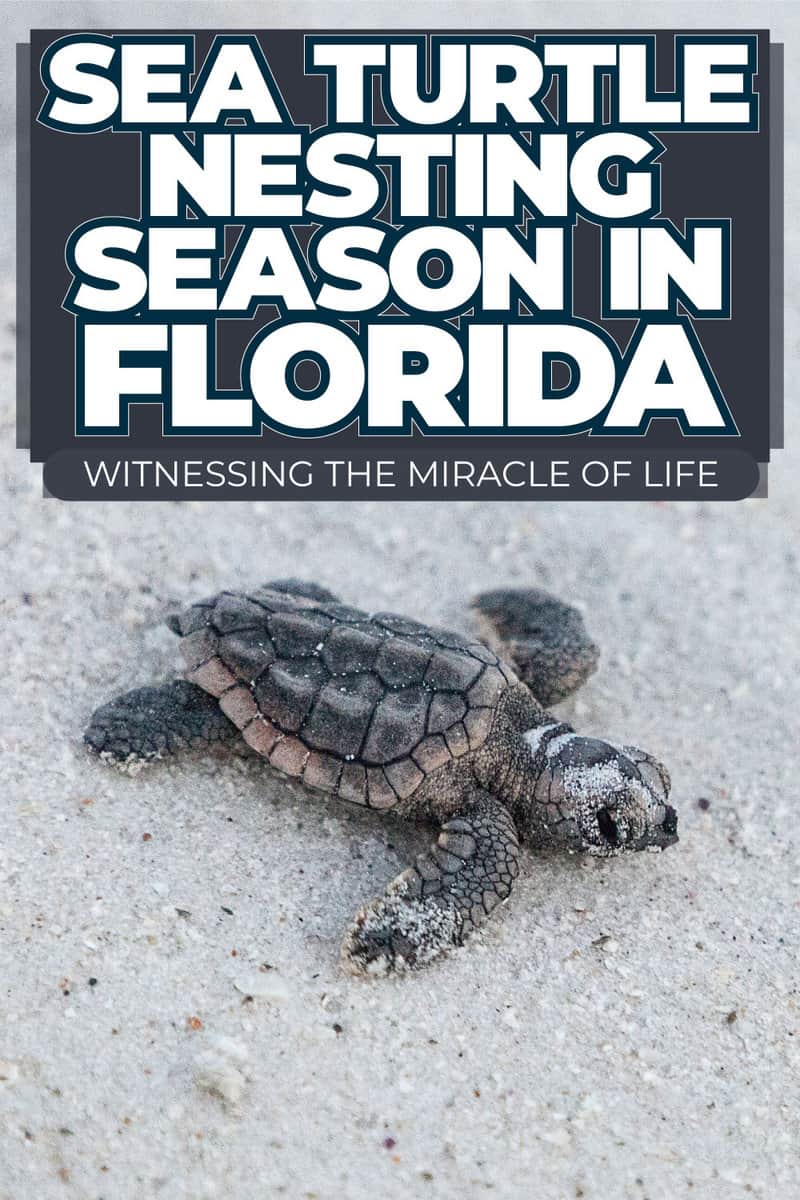Sea turtle nesting season in Florida is a unique event that is worth checking out if you are visiting at that time.
During this season, you can observe sea turtles as they prepare nests for their young.
It's interesting to see these animals in action, especially if you spot a turtle returning to the ocean after nesting.
By observing this event, you're also indirectly contributing to the conservation efforts aimed at preserving these animals.
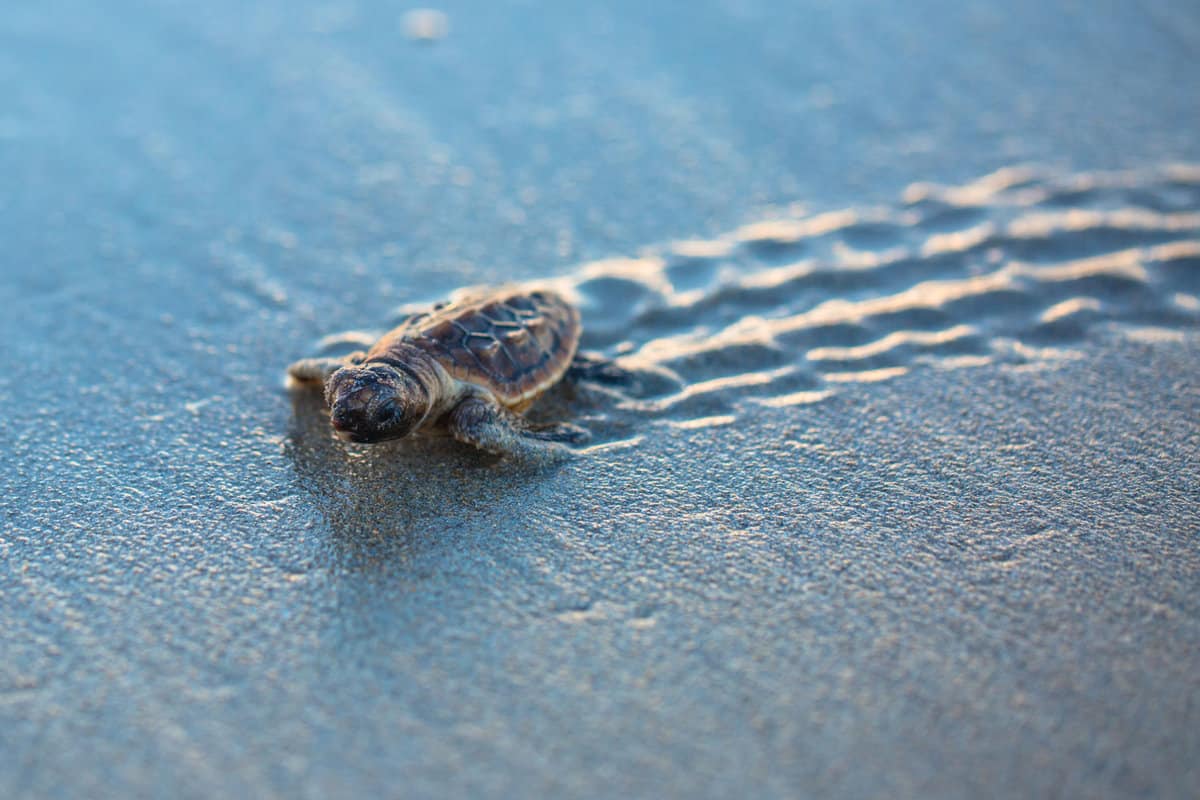
It's a nice way to spend some time during your visit to Florida, witnessing a special aspect of the sea turtle life cycle.
Sea Turtle Species in Florida
Florida’s coastlines are famous for their diverse sea turtle population, with five species frequently nesting on its shores. These species include:
Loggerhead (Caretta caretta)
These turtles are the most commonly found species in Florida. They have a large, strong head, which aids them in consuming hard-shelled prey.
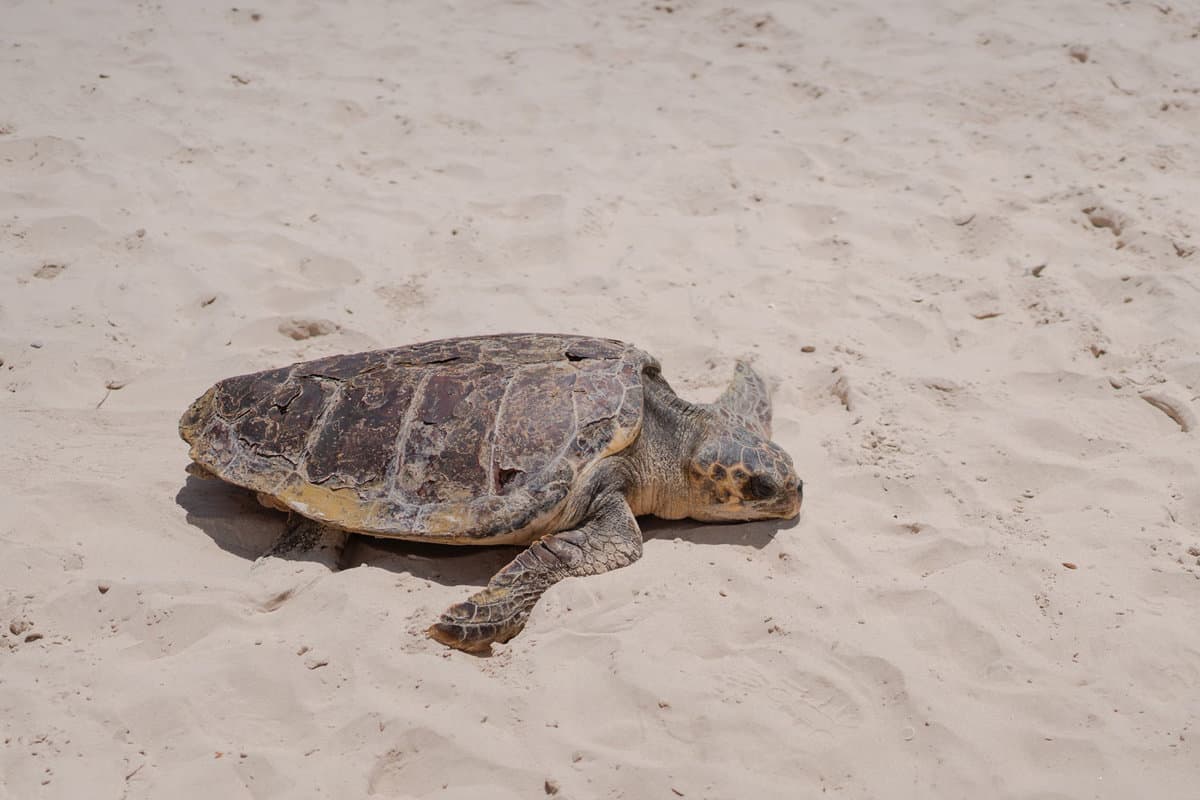
These turtles have reddish-brown shells and weigh between 200 and 350 pounds. This sea turtle nesting season in Florida often occurs between April and September.
Green (Chelonia mydas)
These turtles have a more herbivorous diet, consuming mainly seagrasses and algae. Named for their green-colored fat, these turtles feature an oval, smooth shell.
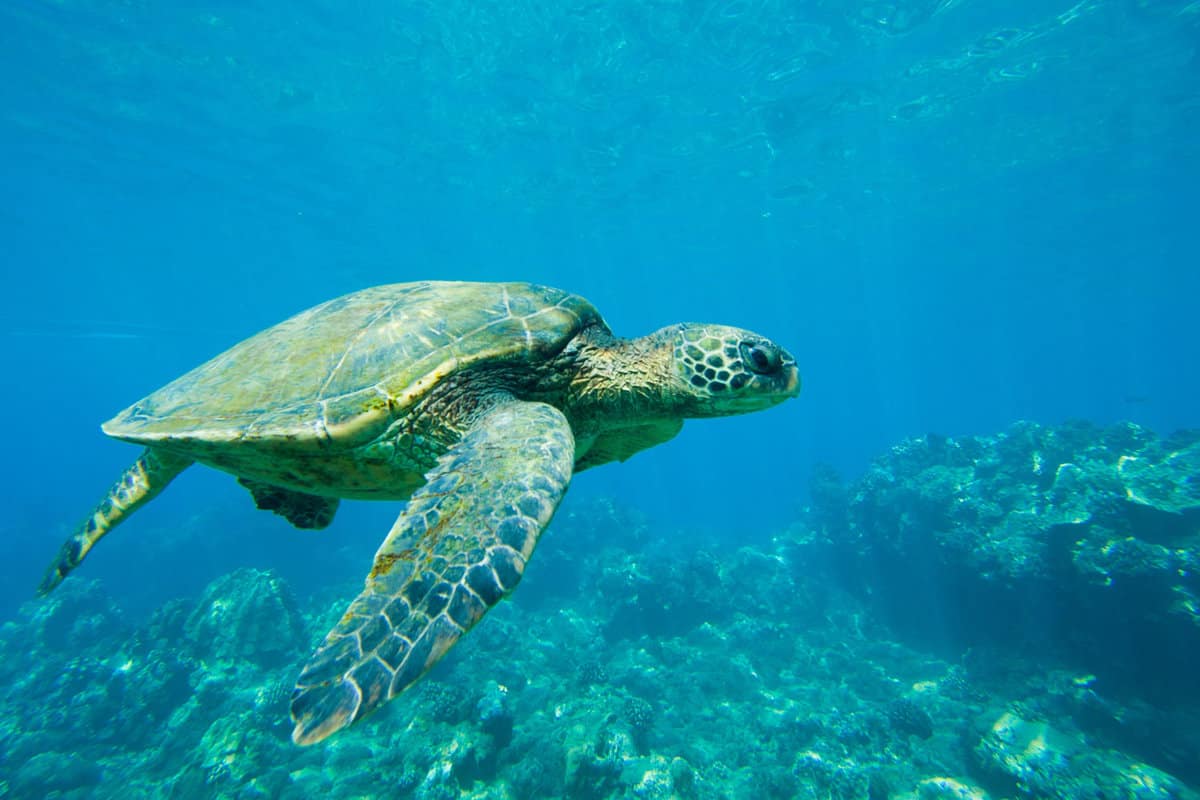
The Green turtles are also considered an endangered species, with their nesting season ranging from June to September.
Leatherback (Dermochelys coriacea)
These turtles are the largest and most unique species found on Florida's beaches.
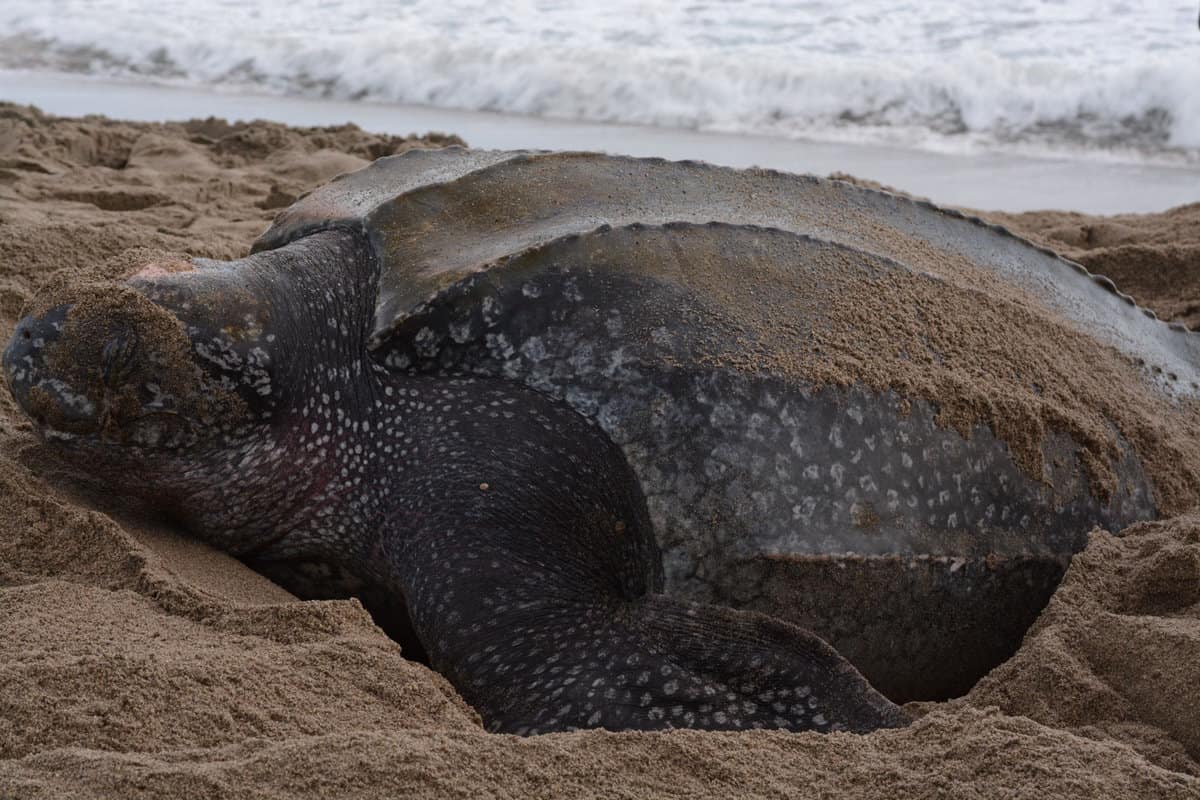
With their rubbery, leathery texture, their shell is easily distinguishable from the other sea turtles.
Weighing up to 2,000 pounds, these giants can be spotted during their nesting season from March to July.
Hawksbill (Eretmochelys imbricata)
It is a critically endangered sea turtle in coral reefs, rocky areas, and many tropical environments.
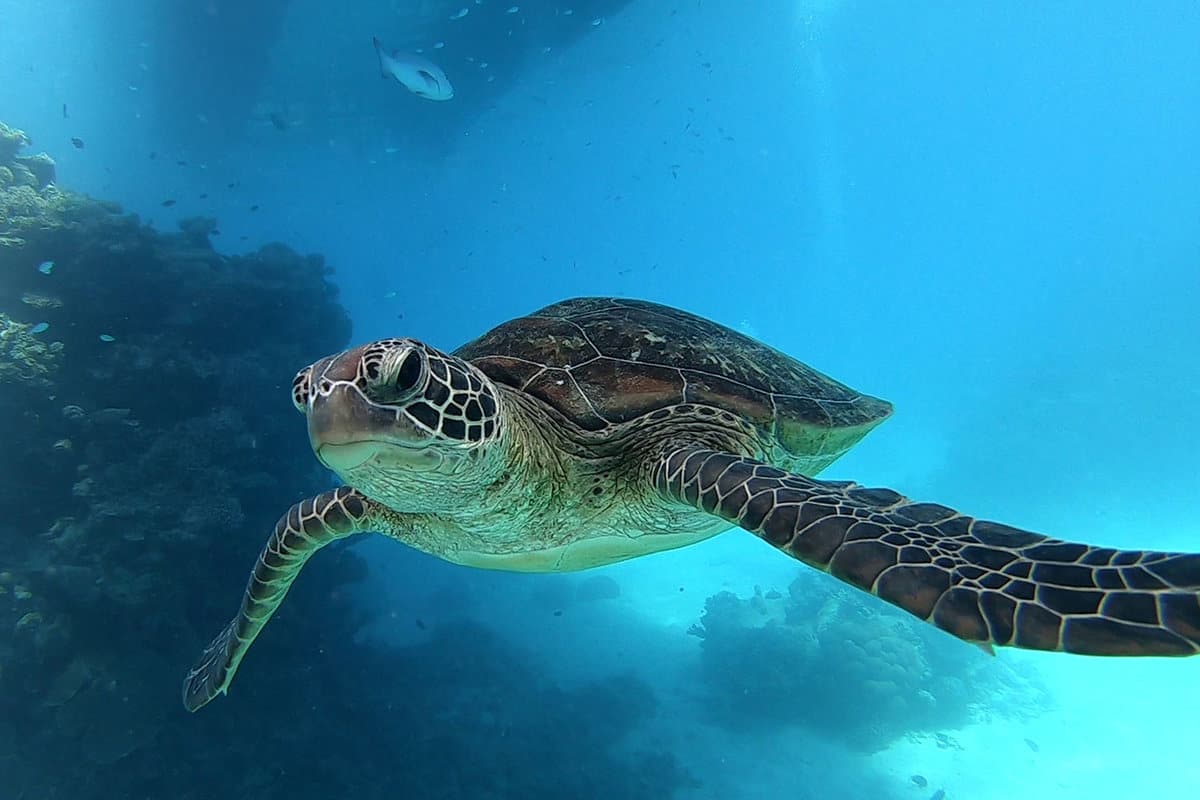
Flaunting a unique, tapered shell, these turtles have a narrow head and hawk-like beak. Although rare, their nesting season occurs between April and November.
Kemp's Ridley (Lepidochelys kempii)
This is the smallest and rarest sea turtle in Florida. These turtles are critically endangered, weighing only around 100 pounds with a circular, greyish-green shell.
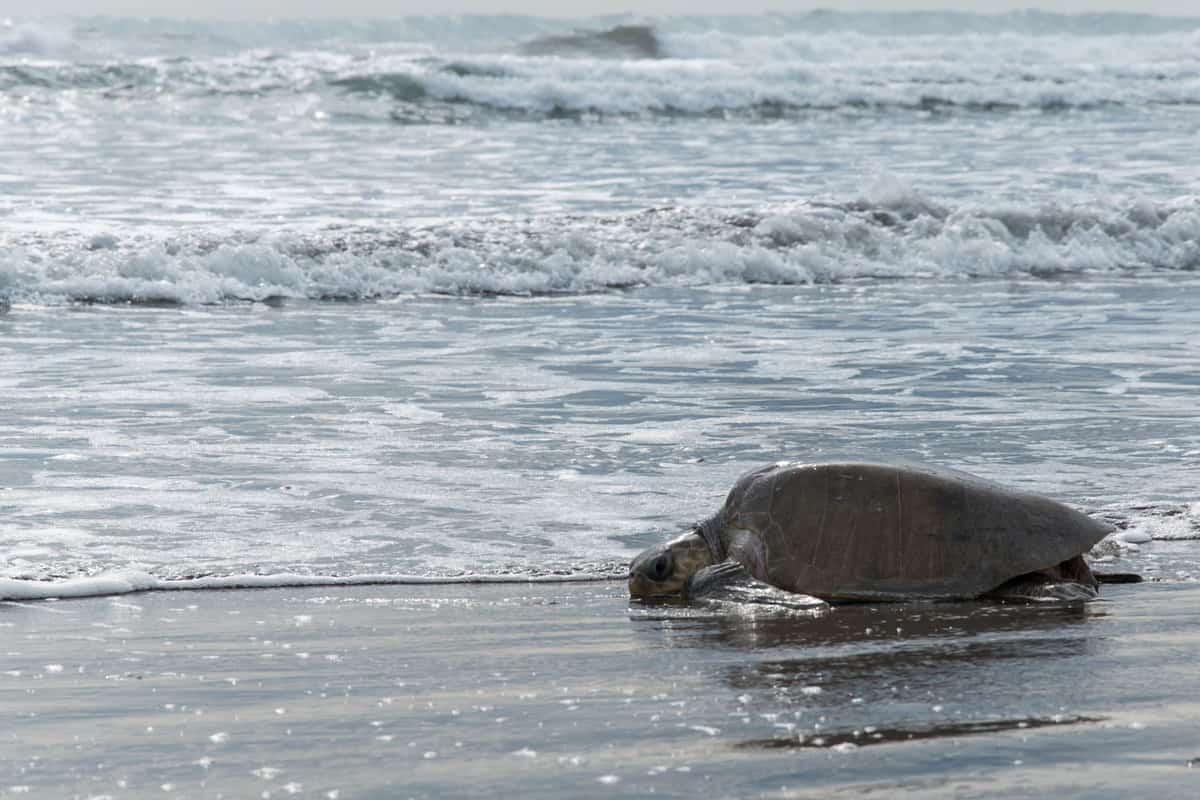
They are seldom seen nesting in Florida, but it is still a remarkable sight when they do.
Besides sea turtles, Florida's waters are home to a myriad of other animals, offering a rich tapestry of marine life for enthusiasts to explore.
Florida's Nesting Season
Florida's nesting season is a magical time for locals and visitors alike as sea turtles make their way to the state's sandy shores to lay their eggs.
On both the East Coast and Gulf Coast, as well as the Atlantic Coast, beaches become prime nesting grounds for these fascinating creatures.
During this period, you'll have the chance to witness the miracle of life in action. The nesting season typically starts in March and continues through October.
If you're lucky, you might spot adult female turtles coming ashore at night to dig their nests and lay their eggs.
Keep an eye out for turtle tracks, which resemble tractor tire marks on the sand.
Nesting Process
The nesting process of sea turtles is an incredible phenomenon that takes place on beaches across the world.
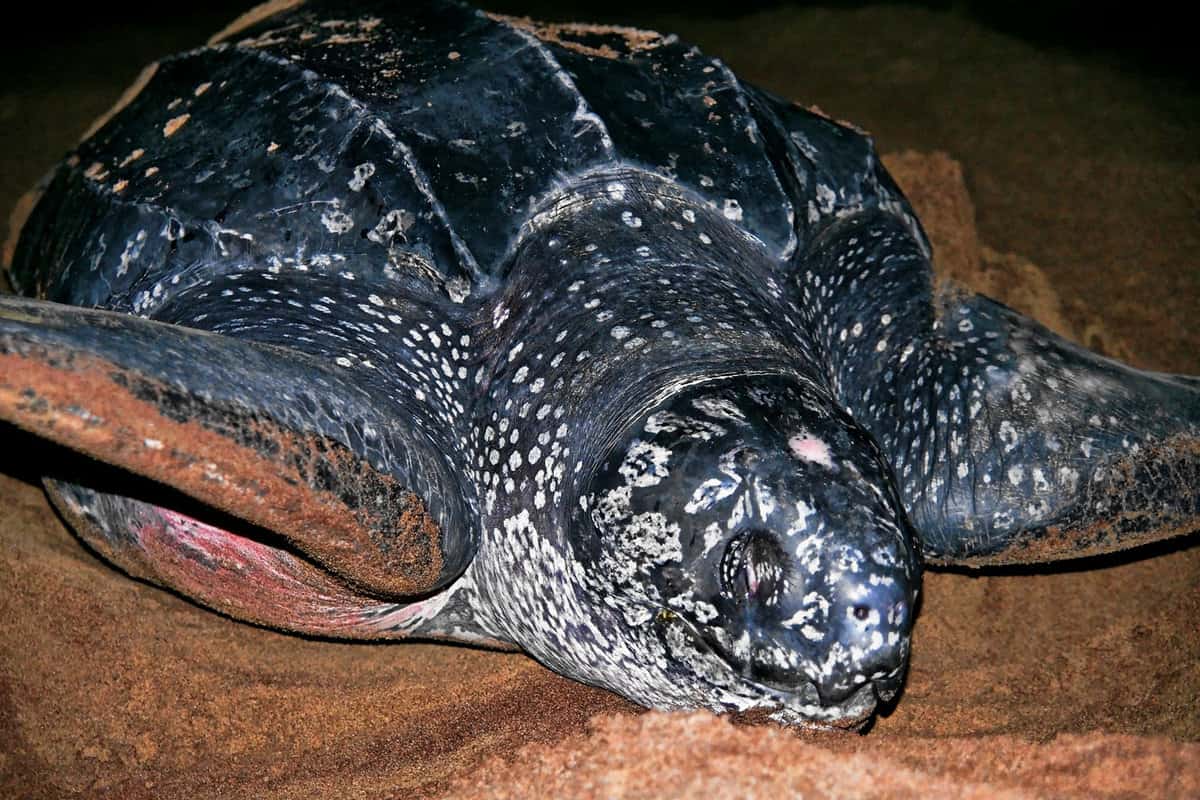
This delicate process is essential for the continuation of sea turtle populations and is composed of several stages, including:
Nest Building
During the sea turtle nesting season in Florida, you'll witness one of nature's true miracles.
Female sea turtles will emerge from the ocean and find a suitable spot on the beach for their nest.
They prefer areas with soft sand and no obstructions.
To create a nest, the turtle uses her rear flippers to dig a hole that is deep enough to protect the eggs from predators and environmental factors.
Egg Laying
Once the nest is built, the female turtle begins laying her eggs. Depending on the species, a sea turtle can lay 50 to 200 eggs in one nest.
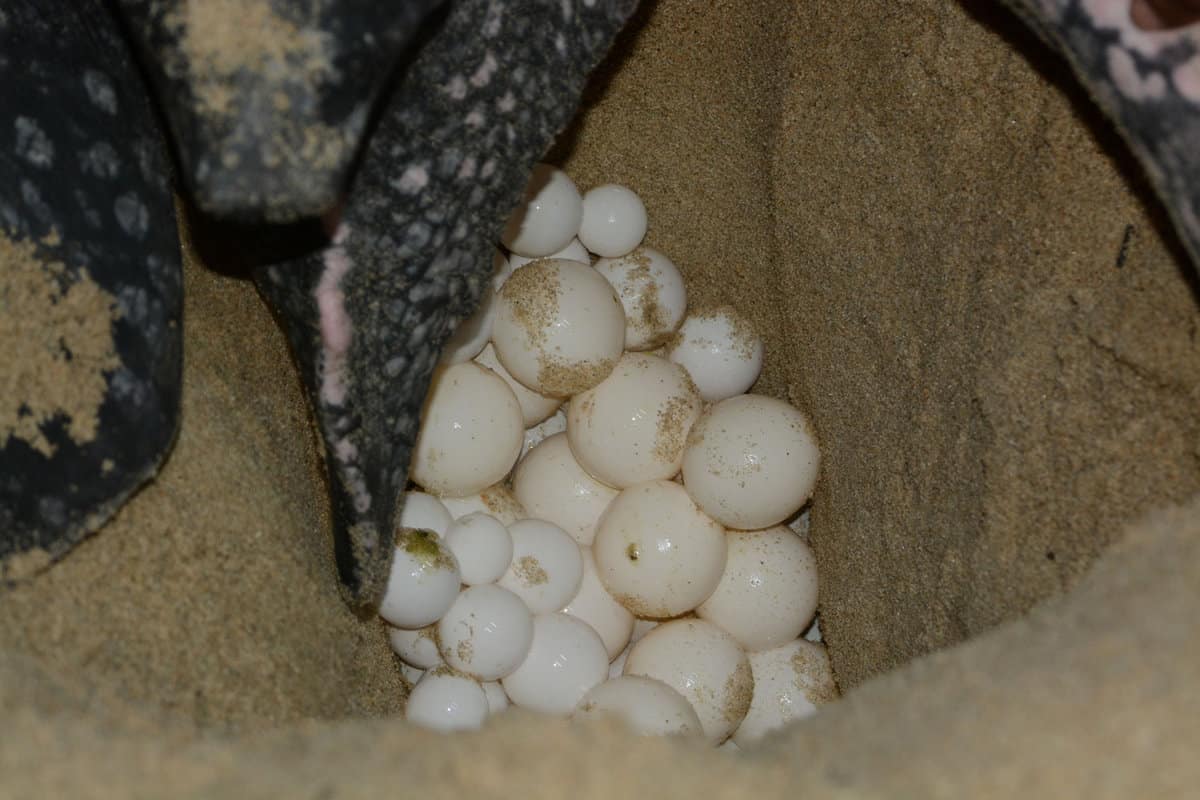
As she lays them, she gently covers each egg with sand, ensuring they are well-hidden and safe.
This process can take hours, and during this time, the female turtle is extremely vulnerable to predators.
Hatching
Over the course of about two months, the eggs will incubate in their sandy nests.
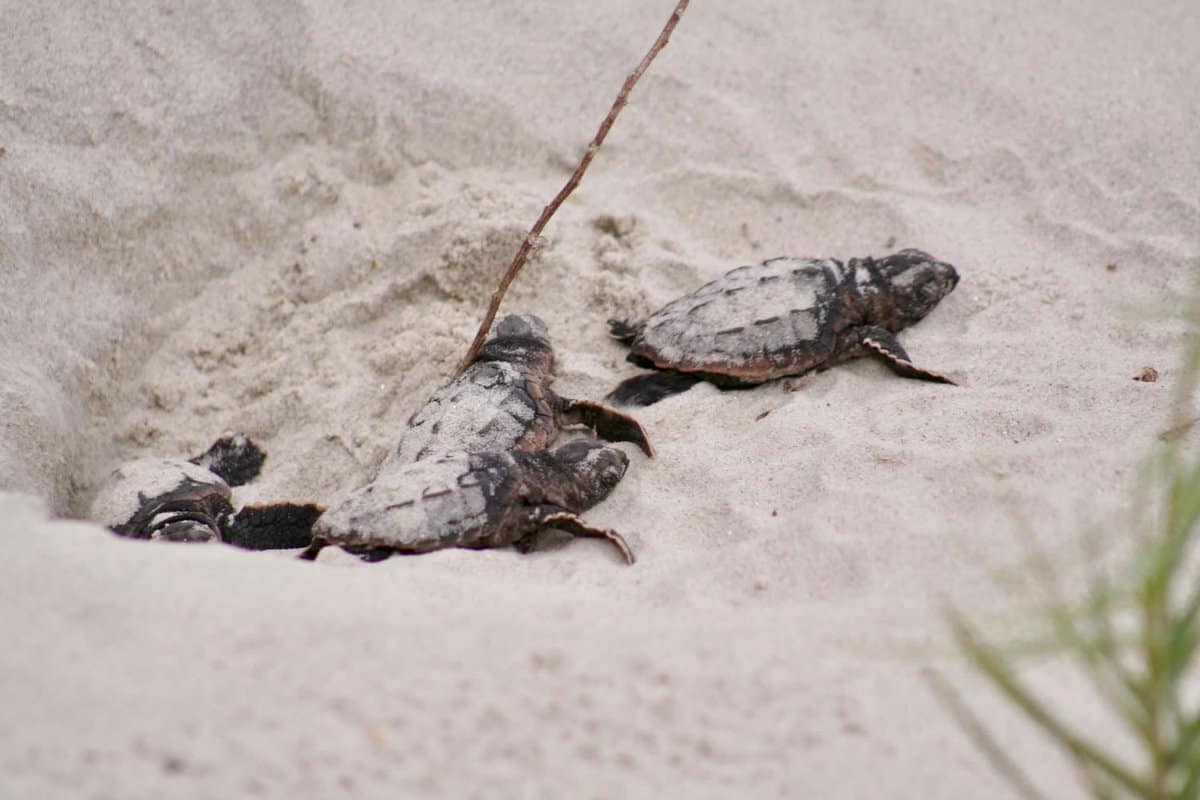
As the baby turtles grow inside their eggs, their shells become thinner and more flexible.
When the time comes for them to hatch, they will use their egg tooth – a small, sharp projection on their beaks – to break through the shell.
Emergence
Hatching is not the end of the miracle; the newborn turtles’ journey to the ocean still awaits.
As the hatchlings break free from their eggs, they must make their way up through the sand to the surface.
This is a group effort, with all the hatchlings working together to push the sand aside.
Once they reach the surface, they rely on their natural instincts, as well as the gentle slope of the beach and the moon’s reflection on the water, to direct them toward the ocean.
As they make their way to the water, they are at risk of predation, making their journey a true test of survival.
Protection and Conservation Efforts
Sea turtle nesting season in Florida is a remarkable event that draws attention to the importance of conservation.
Thankfully, there are countless efforts in place to protect these incredible creatures.
Laws and Regulations
First and foremost, it's important to remember that both federal and state laws protect sea turtles.
In fact, all species of sea turtles found in Florida are listed as either endangered or threatened.
The Florida Fish and Wildlife Conservation Commission (FWC) is responsible for enforcing these laws and implementing various conservation measures.
As a visitor or a resident of Florida, it's your responsibility to make sure you respect these laws while enjoying the beauty of the beaches during nesting season.
Remember to:
- Maintain a safe distance from nesting turtles and hatchlings (at least 50 feet).
- Avoid using flashlights or other bright lights on the beach at night.
- Don't disturb marked sea turtle nests or nests under observation by authorized personnel.
Organizations and Initiatives
Sea turtle conservation is a shared responsibility, and numerous organizations contribute to the cause.
Aquariums, conservationists, and conservancies all promote sea turtle protection in different ways. Here are a few you should know about:
Sea Turtle Conservancy
This organization focuses on research, education, and advocacy to protect sea turtles worldwide.
Florida Fish and Wildlife Conservation Commission (FWC)
Besides enforcing laws and regulations, the FWC also conducts research and manages nesting sites.
Mote Marine Laboratory & Aquarium
Through research and public education, this aquarium collaborates with FWC to protect sea turtle nesting beaches in Florida.
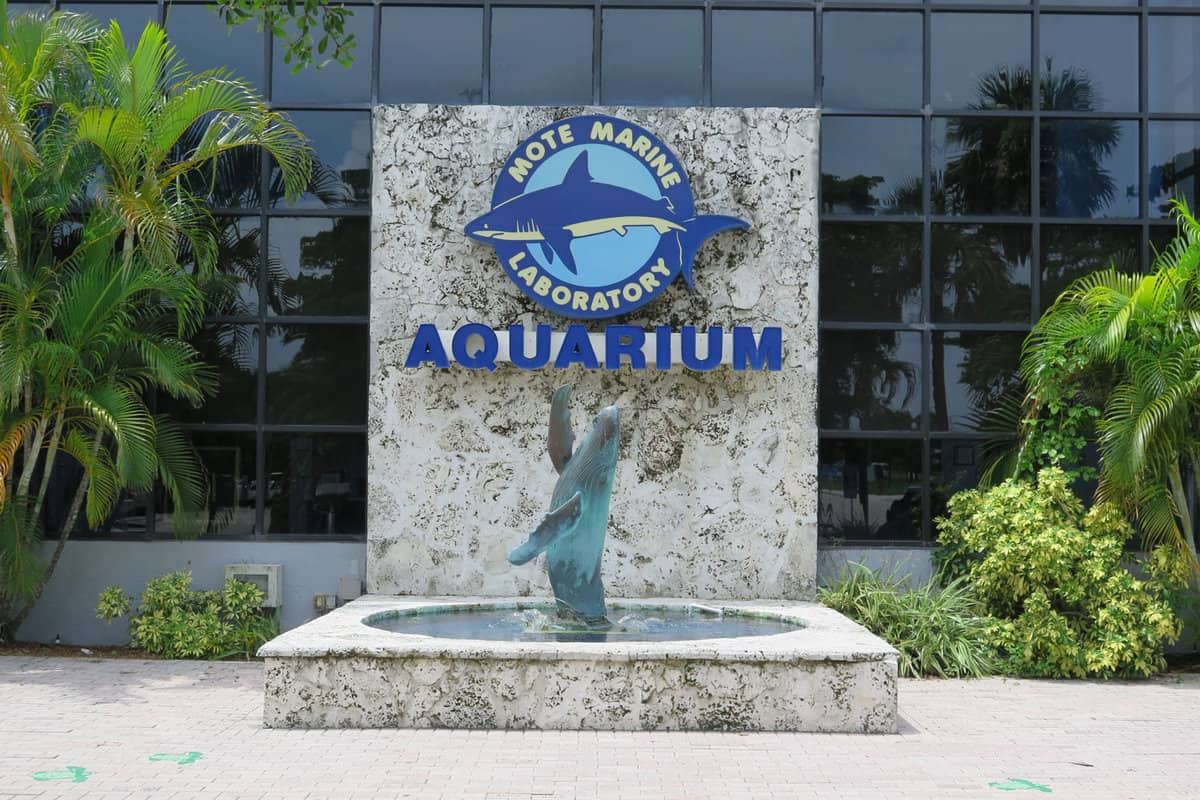
Threats and Obstacles
Witnessing the miracle of life during sea turtle nesting season in Florida is an incredible experience.
However, there are various threats and obstacles that these marine reptiles must overcome in order to reproduce successfully.
Natural Predators
As a sea turtle, you face numerous natural predators throughout your life.
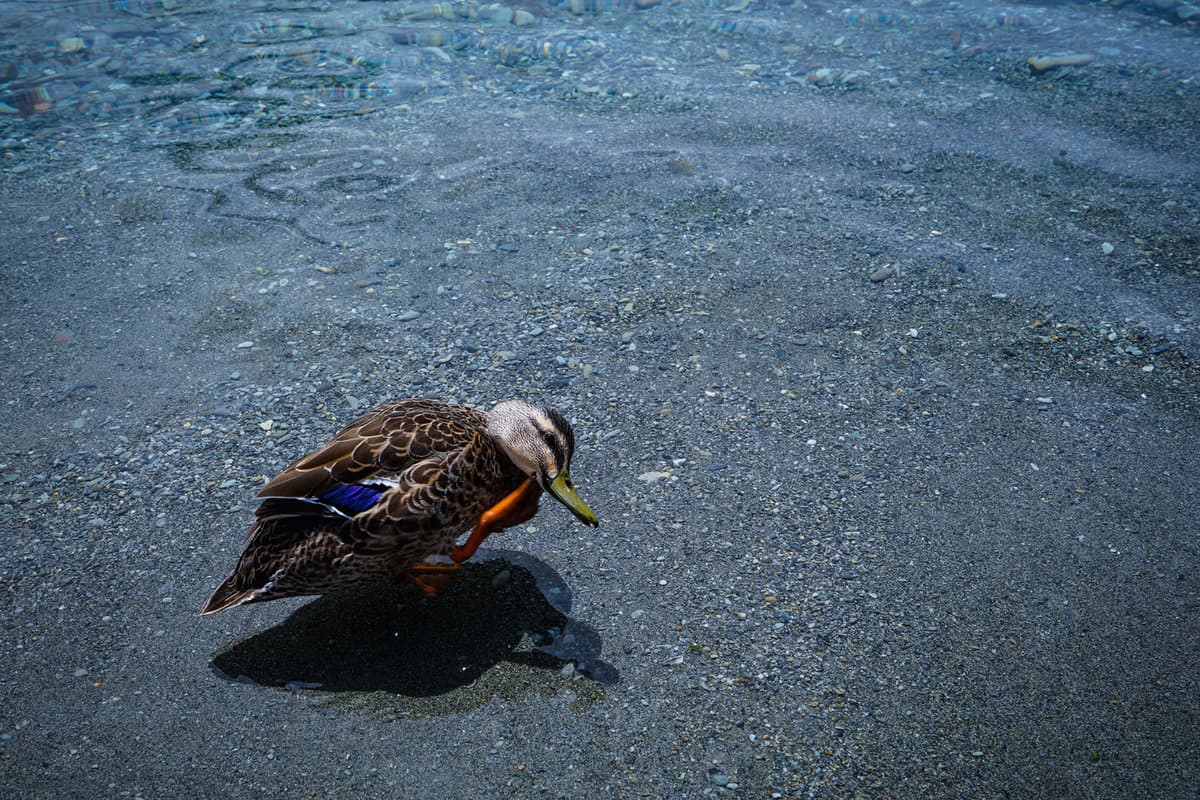
Birds, crabs, and fish often prey on turtle eggs and hatchlings, significantly reducing the number of young turtles that make it to adulthood.
It's a harsh reality of nature that ensures only the fittest individuals survive.
Human Activities
Sadly, humans also pose numerous threats to sea turtles. Some of the most prevalent obstacles and dangers include:
Pollution
Ocean pollution, particularly plastic waste, poses a serious threat to sea turtles. They can accidentally ingest this waste, leading to health issues or even death.
Boating
Boats and other watercraft can injure or kill sea turtles, especially when they collide with them accidentally.
As a turtle, you must remain vigilant and do your best to avoid these dangerous encounters.
Artificial Lighting
Bright lights from beachfront properties can disorient hatchlings, leading them away from the ocean and toward danger.
Communities must adopt sea turtle-friendly lighting practices to protect these creatures.
Savor Florida's Sea Turtle Journey!
Cherish your journey of experiencing Florida's sea turtle nesting season. Let this awe-inspiring encounter with nature inspire you to protect and conserve sea turtles.
Use your knowledge to spread awareness, support local conservation, and consider volunteering in monitoring programs.
If you're keen on extending your marine adventure, Jupiter, FL, with its Blowing Rocks Sanctuary, presents another haven for nature lovers.
Remember, your connection to nature can help preserve our world. We look forward to your return for another unique adventure on Florida's shores!
Beyond the shores, the charm of Florida continues in the vibrant city of Naples, where a unique blend of activities awaits your exploration.
